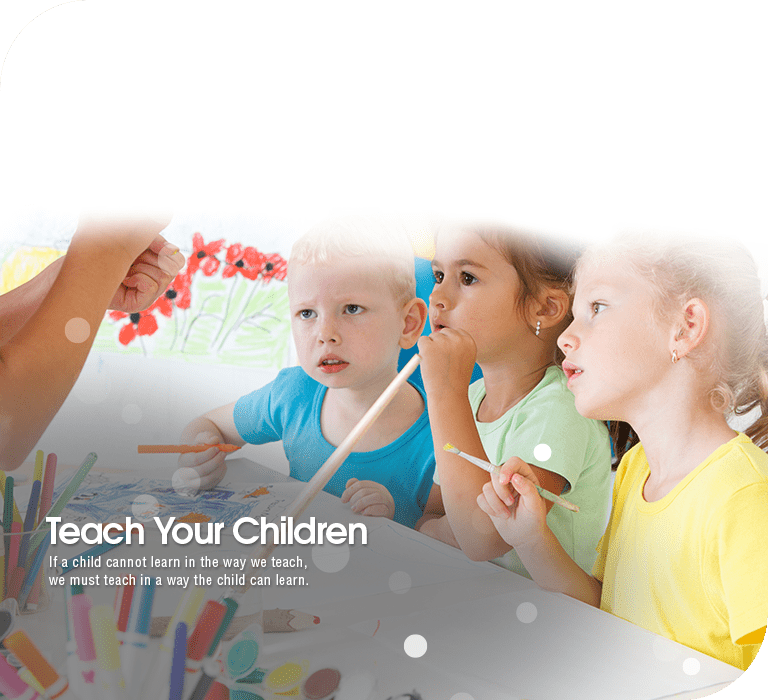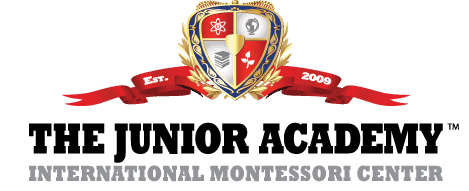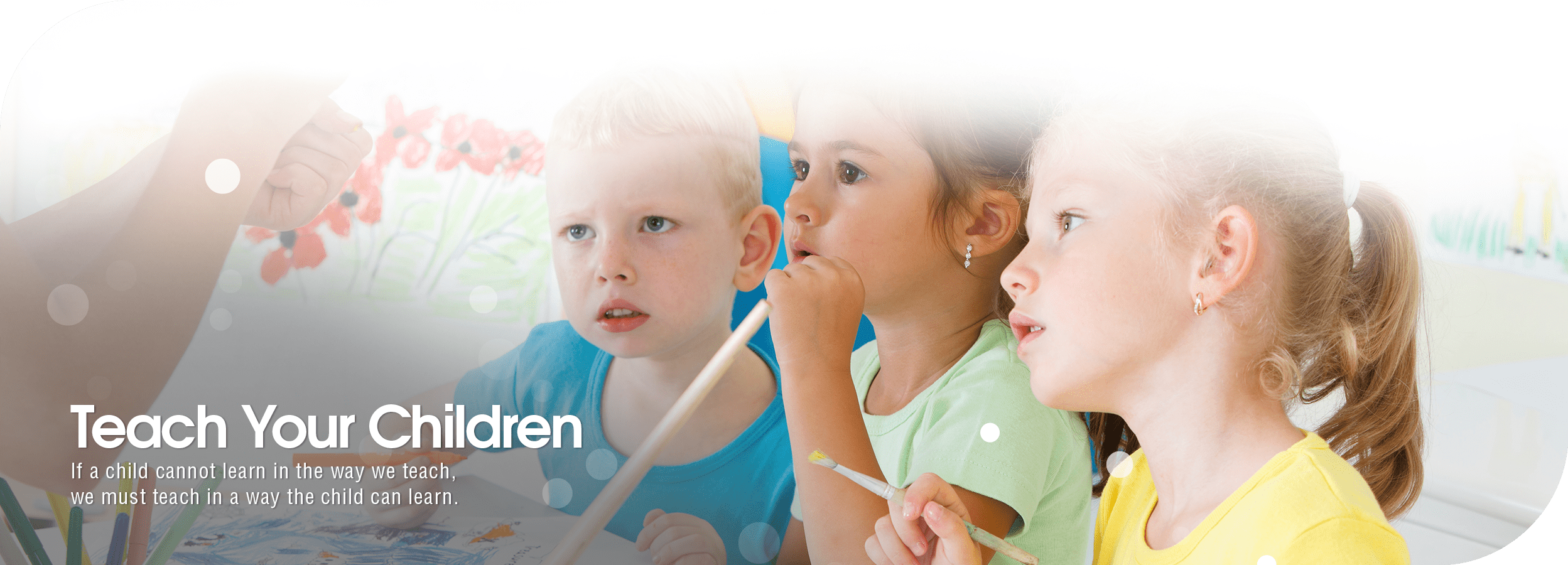
HISSTORY
The Junior Academy – A School I Would Send My Own Son To
The struggle to find that level and philosophy of quality pre-schooling for his first two daughters in Malaysia proved to be so frustrating for Tony Tan, he was inspired to establish his own school, The Junior Academy.
“I was so disappointed I couldn’t find a suitable pre-schools for my two toddler girls, I kept moving them around until I ended up sending my kids to an international school. There aren’t a lot of accredited international schools at that time so if you want good quality education, it’s a captive market.”
In a pre-school market dominated by the lax standards of money-scrimping kindergartens and the established but expensive international school brands, Tan found a gap that he felt compelled to plug.
The predominant education philosophy emphasizes rote learning, focusing on exams and this is Tan’s chief bugbear. “I don’t want my children to memorize things, I want them to think. The ages of one to six is critical for children, because neurons are being fused, pathways created. About 70% of a child’d brain is basically developed by age 3. So how they learn is more important than what they learn.
Tan decided to initiate that change himself. He believed he could start a small pre-school with quality education that was more affordable than market standard bearers. He approached his brother-in-law, Dorset Sutton, for investment who was keen but imposed one condition: “Build a school you would send your own son to”. So this wasn’t an entrepreneur eyeing profits by exploiting a gap in the market – this was a father who had his 1 year old son’s future on the line.
“I put in all the things I had wanted in a school for my child,” he says. “Firstly, a great philosophy of education. Secondly, good quality teachers and thirdly, state-of-the-art facilities supporting the right philosophy of education.” The preschool was set up with the help of its first principal, Dr Sharon Lee. Two years later it was converted to a Montessori led by Directress, Michelle Stanilaus.
An international Montessori pre-school for children ages 1 to 6 with state-of-the-art facilities that provide a holistic learning experience in an interactive framework implementing international quality best practices. Pressing home the school’s ‘international quality education without the high price’ edge, Tan says “it costs between half to two-thirds of what top international school charges, and actually slightly less than a few established local kindergartens.”
A key educational tool is the interactive touch-screen white board, a kind of oversized 80″ iPad that supplants chalk and blackboard to tap into a child’s innate predilection for auditory and visual interactivity. This technology builds upon the Montessori method that emphasizes tactile learning using materials. More important than the bells and whistles is the right tech sensitive exposure for children. The Junior Academy stresses the open concept, multi-age classroom settings that prioritizes hands-on learning, self-expression and collaborative play. Trained Montessori educators are constantly observing each child’s interests, strengths and dispositions to equip them with the skills, mindset and values to become life-long learners and problem solvers.
This philosophy rejects the traditional teacher-centered model where students learn a given amount of information in a predetermined sequence. Instead Tan is evangelical about open classroom settings where flexibility with space, time and curriculum was paramount and the teacher was an assistant rather than a dictator.
“We teach the kids how to think. They have the freedom to make decisions, to focus on what they like and to ask for help. For eg children are allowed as much time as they want to complete a task, so they will feel a sense of accomplishment and learn to focus, master, and persevere. Kids should not conform to the school, the school should conform to the kids.”
Over the past decade, psychologists in the US have found that children from Montessori schools out-performed those given a traditional education. Montessori-educated pupils were better at reading and maths, more creative in writing, and have a deeper understanding of how geography, history, social studies and science are all related.
The biggest contrast was seen in the social sphere – they were more likely to develop leadership qualities, socialize in an emotionally positive way and have a greater understanding of truth and fairness.
“All children develop at a different pace,” says Tan. “Why then do mainstream preschools teach them all the same things at the same time? Some will learn faster than others, and some more gradual, so we customize their learning. The children at different levels of reading are gathered into different groups and are challenged at that level. We have big group activities right down to one-on-one teaching moments, depending on the teacher’s discretion and the children’s needs.
This modular curriculum allows for enrollment at any time, individualized personal attention is provided by the 8:1 student-teacher ratio, and parents can even gauge their child’s progress through parent teacher conferences and parent observation sessions.
“We believe parental involvement and family participation is key to quality early education experience,” Tan insists. “Consistency is key, so what we do in school needs to be practiced at home too.” The Junior Academy educators work in partnership with parents to share information about their child’s learning experiences.” Here, we don’t just enroll children, we enroll families.” Always remember, at this preschool age it is not what you learn that is important, it is how you learn!
“Better than a thousand days of diligent study is one day with a great teacher.”
Perhaps we could reword this instead of saying “School should conform to kids”. How about, “Instead of kids focusing on scores and conformity, Montessori believes children have an intrinsic desire to learn about their world. We encourage freedom within clear, defined boundaries which allows them to be creative thinkers and problem solvers”, something to the effect.

